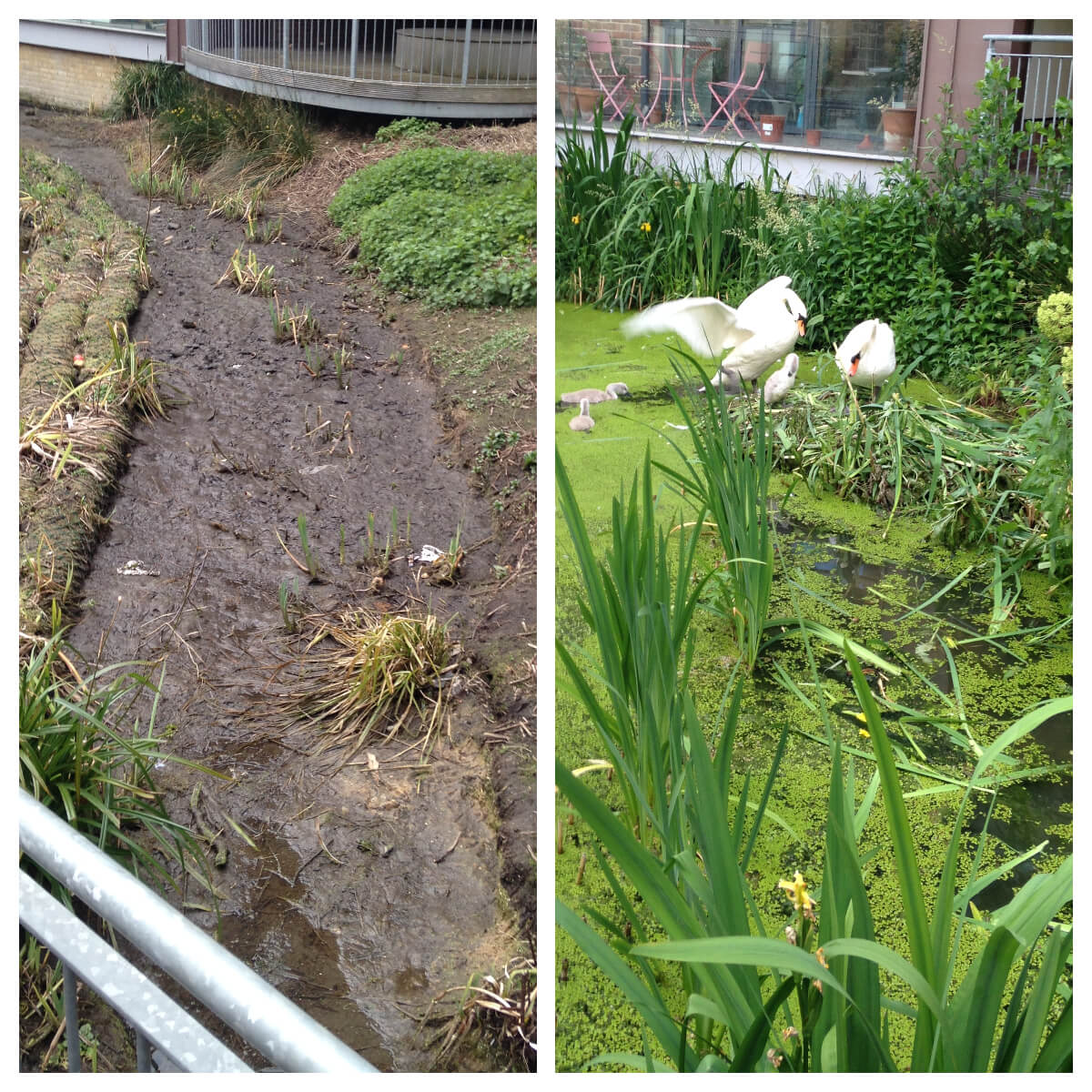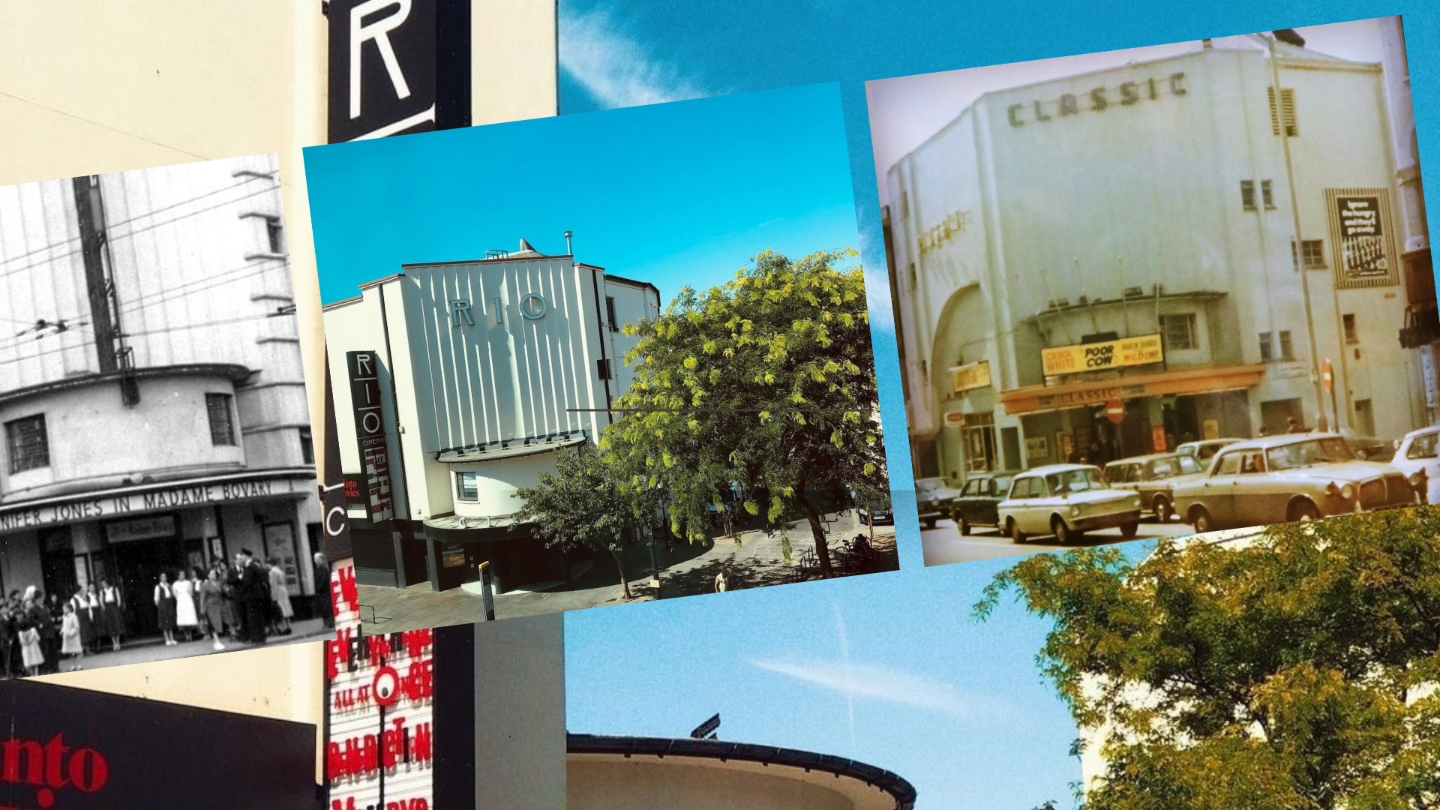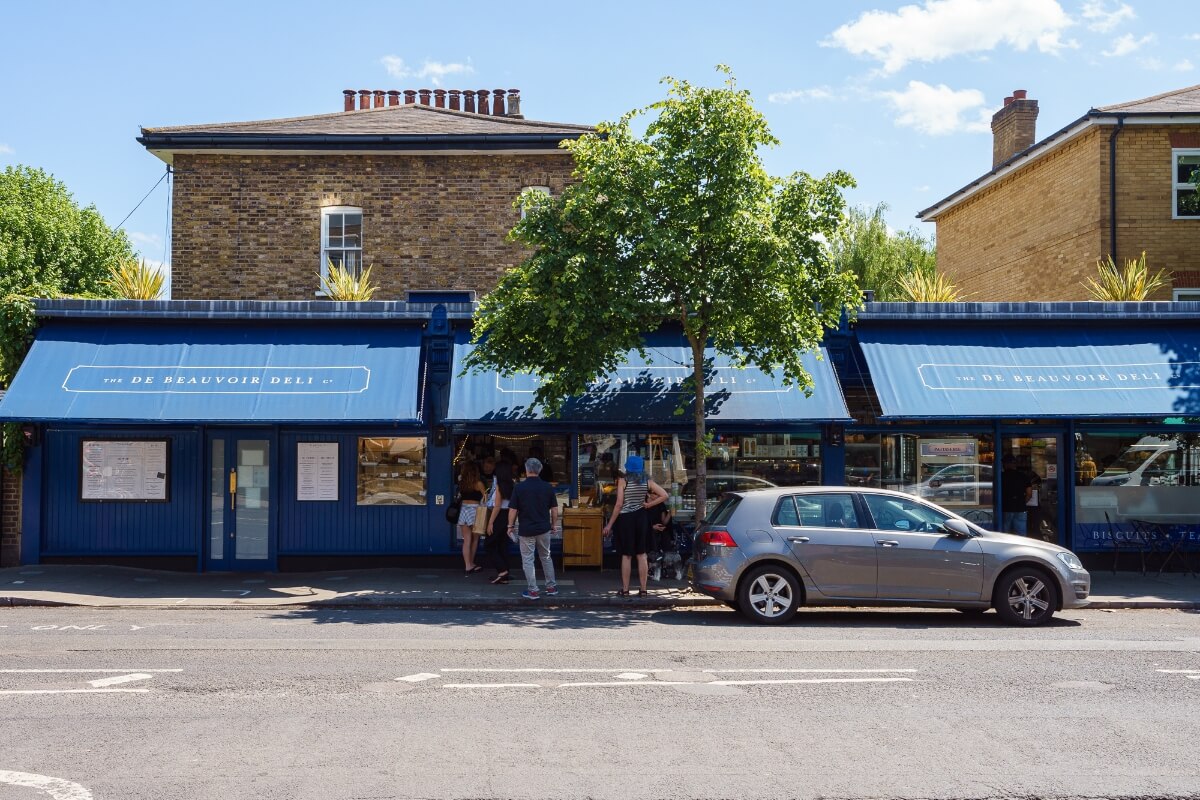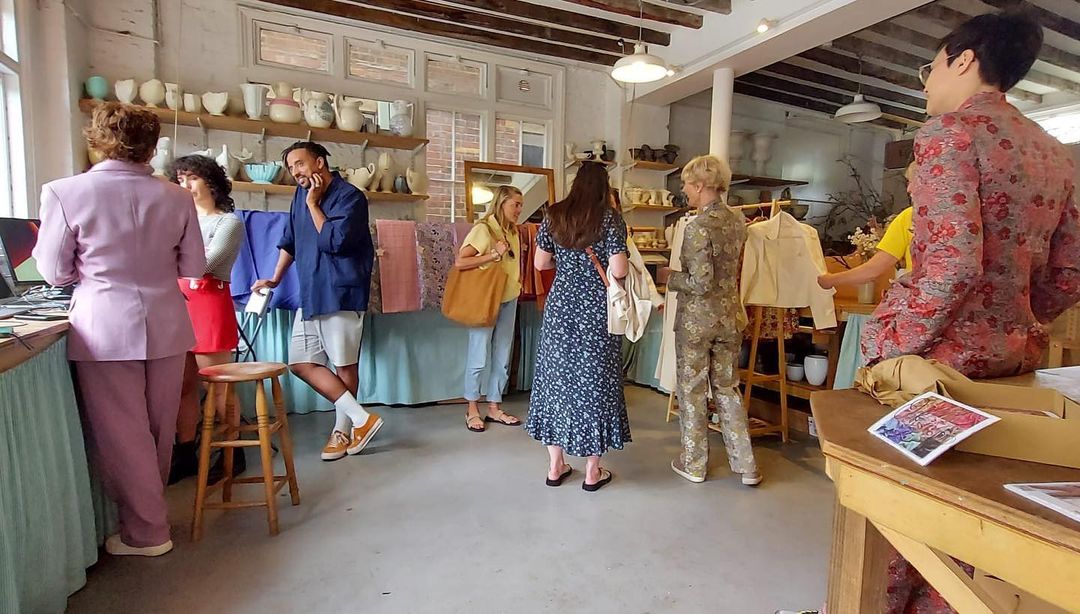15 October 2018
De Beauvoir Town’s Living Waterway (Part 2)
Floating islands in De Beauvoir Town
Local residents, Gideon Corby and Esther Adelman, are in the process of transforming the canal which runs through the southern end of De Beauvoir Town.
The couple has introduced the concept of floating islands as a means of creating a wildlife habitat and enhancing water quality after discovering that elements of aquatic planting had been overlooked.
Gideon and Esther became interested in the Regent’s canal towpath when moving to the area, leading them to adopt a strip as part of an initiative by the charity the Canal & River Trust (CRT), which also gave permission for planting in the canal itself.

Inspired by the venture, Gideon decided to switch careers. Moving on from his career in teaching and working in animation and visual effects, he undertook a masters in Ecology at Imperial College.
“I finished the masters in September 2017, just in time to help install the floating islands around the Kingsland Basin. Once winter turned into spring and the plants began flowering", Gideon explained.
"Residents and visitors alike began commenting on the increased number of damselflies and butterflies, and how much they liked the flowers”
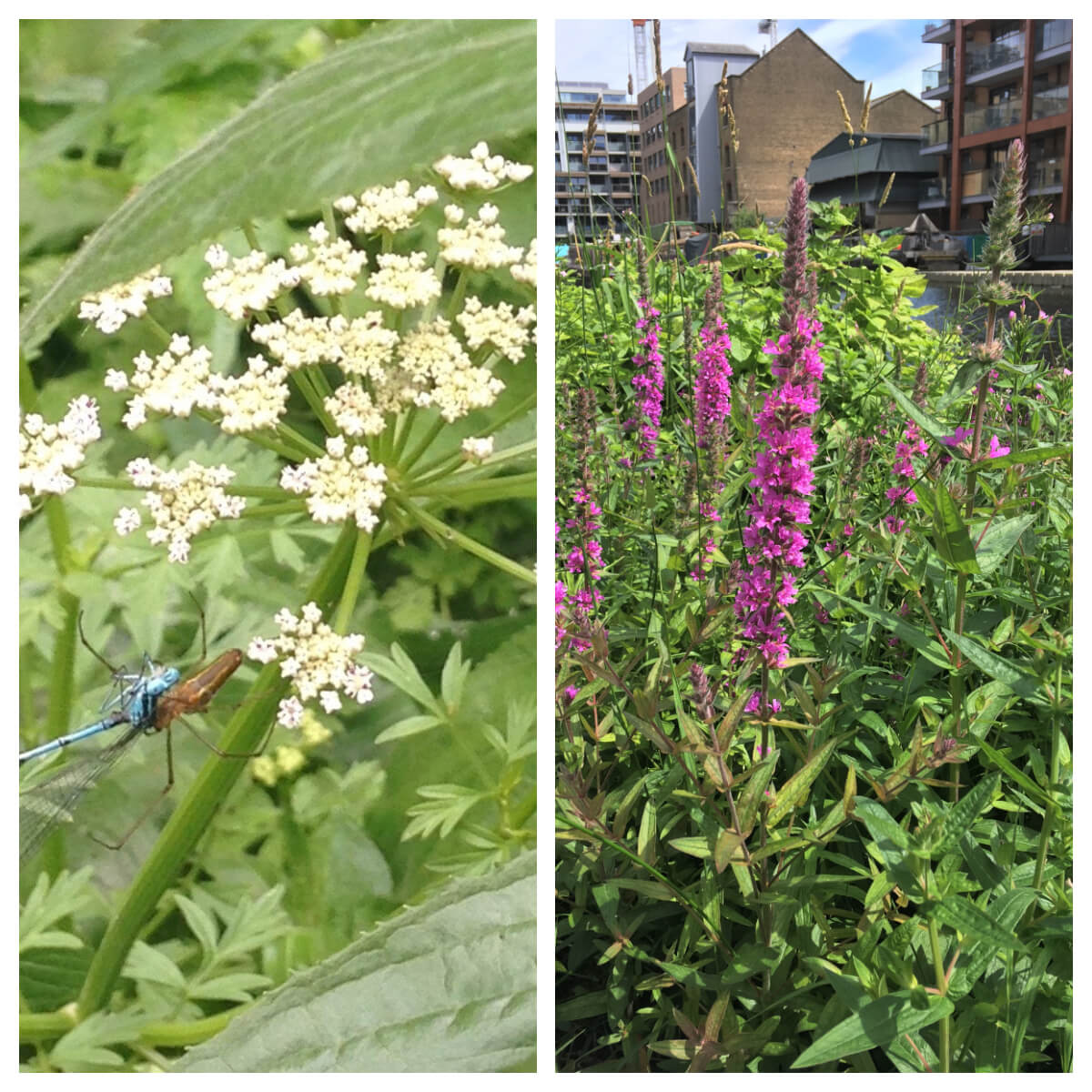
Aquatic planting along the edge of a waterway produces a richer, healthier ecosystem. This more complex ecosystem with more species will be checked more often, so is less likely to become unbalanced with one species taking over.
There are various approaches that can be used in a project like this, including planting directly into the bottom of the canal, which is a natural approach. Another approach is to use static coir rolls as a planting medium.
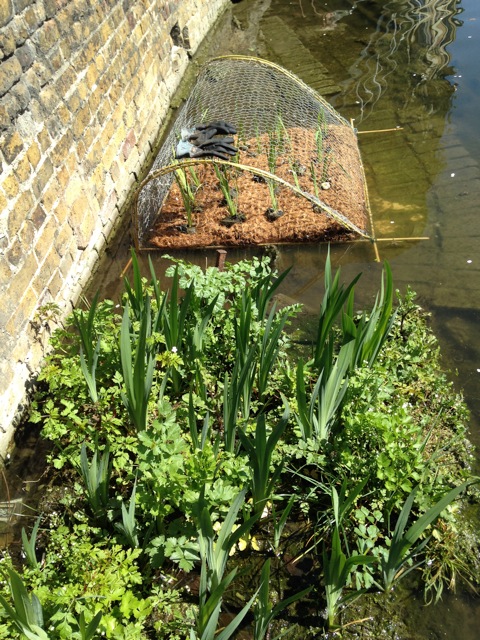
Floating islands are another solution, which provide three major benefits to the canal; chief among them is the ability to filter the water. “Floating islands allow for plant roots to float free in the water with their vast surface area exposed.” Gideon explains.
“These roots become covered in microbes which are able to absorb excess nutrients and pollutants flowing as run off from fertiliser, sewage, diesel and heavy metals. This, in turn, helps reduce the algae and duckweed which grows in the summer and can starve the water and wildlife underneath of oxygen.”
Another benefit of the islands is to create habitat above the water for birds, butterflies and other insects which can forage and nest within the plants. This is mirrored below the surface where small fish and invertebrates can hide among the roots.
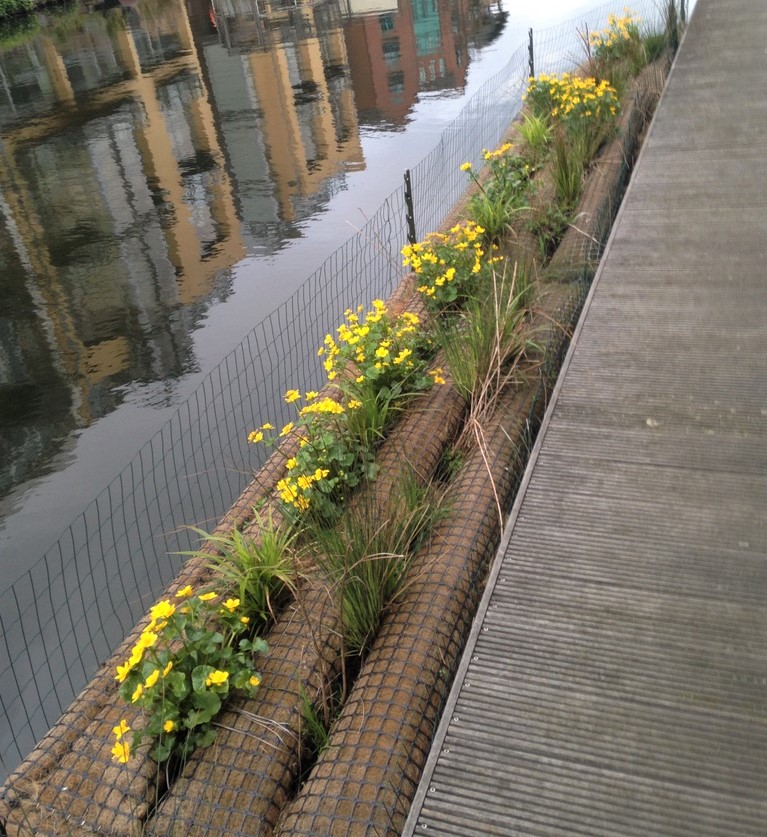
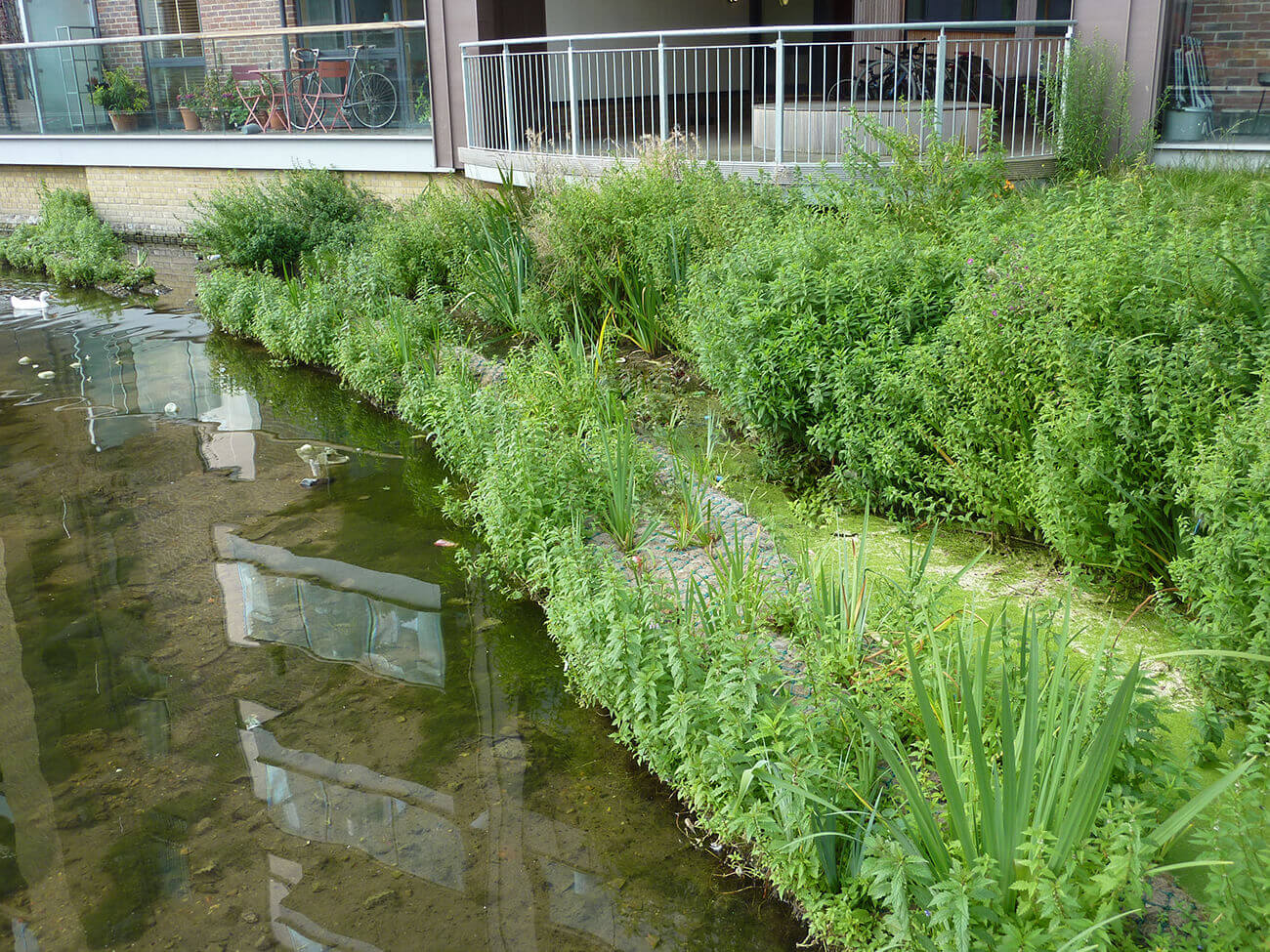
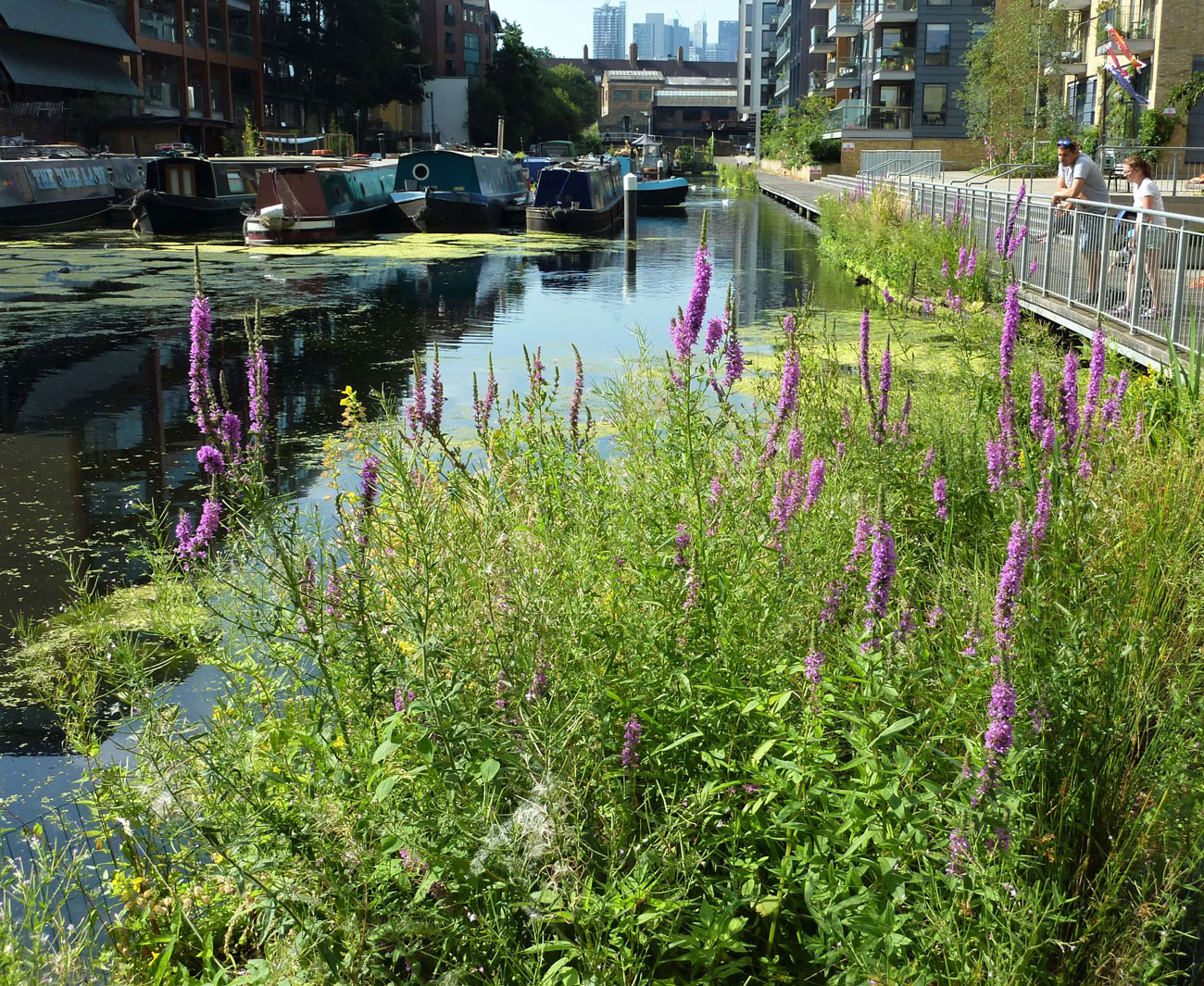
Gideon added, “it is fantastic for the public to have something attractive to look at and it is a way of improving the interesting but harsh industrial and modern landscape around the canal, bringing a bit of the countryside into the centre of the city.”
Gideon is currently finding the ways to raise money to buy floating islands for the section of the canal that runs from the Kingsland Road bridge to the Whitmore Road bridge -a similar length to the circumference of the Kingsland Basin.
They are hoping to raise £10,000 through the scheme and have put on boat trips as part of National Park City week and will also be organising wildlife walks to raise awareness of the appeal.
The long-term dream is ‘endless’, Gideon said.
“Our vision is to link up from the River Lea all the way to Paddington to provide a green corridor to allow wildlife to travel from the countryside right into the city.”
Follow and support the Wildlife Gardeners of Haggerston: Twitter Facebook Instagram . For donation and further communication, contact Gideon directly on wildlifegardenersofhaggerston@gmail.com, who is always happy to chat about the project and show you around.
To find out how this idea/project all started, read De Beauvoir Town's Living Waterway Part 1 here.
